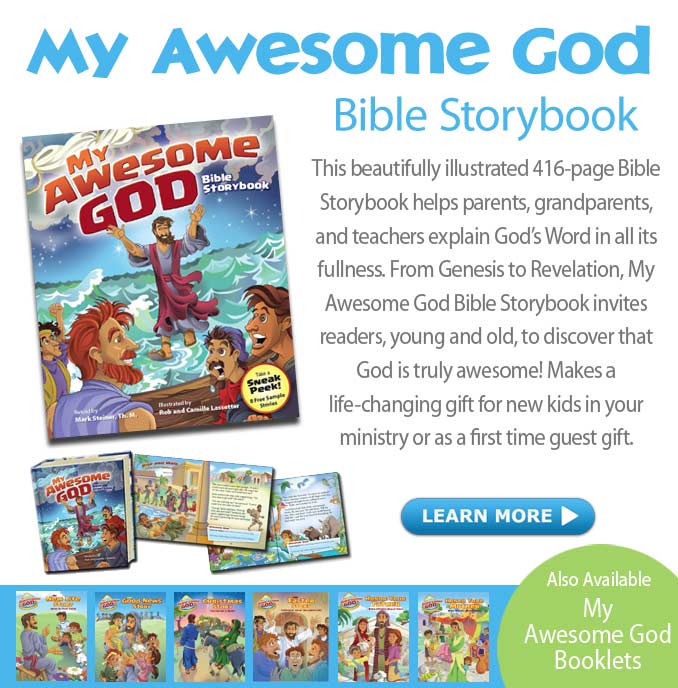Introduction:
In the latter half of the 20th Century, Old Testament scholars and theologians began to voice their concerns about the contemporary church’s loss of reading and understanding the Old Testament as a story for Christian formation and growth. For these scholars, Christian formation and growth can best be summarized as the dynamic, growing relationship between God and his people. In this relationship, God takes his people through the process of being transformed into the image of Christ for the purpose of participating with him in his mission of reconciling the whole of creation to himself (Bartholomew and Goheen, 2004, pp.15–26).
In voicing their concern about the critical importance of reading and understanding the Old Testament as story for Christian formation and growth, these contemporary scholars were neither dismissing the need for nor the importance of reading it for sound doctrine and theology. Rather, they were declaring that reading Scripture for sound doctrine and theology is not enough for healthy spiritual formation.
By raising an awareness of the need for recovering a proper place for reading the Old Testament as story for healthy spiritual formation, these scholars have served the contemporary Church well. My 20 years of teaching Old Testament classes to college students in a university setting who primarily identify with the Evangelical Christian tradition largely supports the above voiced concerns. Most of the students coming into these Old Testament classes readily affirm that they believe that the Old Testament, along with the New Testament, is the inspired Word of God. Moreover, these students tend to readily admit that they read the Old Testament as an authoritative source and foundation for theology, ethics, and morality. However, few have claimed to read or even understand how to read it as a story for spiritual formation (Brisben, 2011).
Why Story?
According to Westerhoff, faith development begins with experienced faith, which comes from the story that the individual lives out. The next step is affiliative faith, which correlates with the faith stories of a community to which one belongs. This is followed by searching faith, which develops as a person asks questions of the story. Finally, owned faith arises when the person’s story intersects with the communal faith story. Thus when one moves through these stages of faith, that is, when one has her own story, hears another grander story, and can put her story within the grander story, her faith is nurtured. This explains how Christians with their own stories, when reading and hearing the Old Testament as story, are then able to place themselves in the story and thus experience greater faith development (p. 88).
Story differs from rational discourse in that it invites the reader’s participation. Camery-Hoggatt (2007) illustrates this difference in his experience of teaching students the same material via story versus teaching them via rational discourse. Using rational discourse, he taught a lesson on AIDS and the consequences of dangerous behavior. He had little response. However, when he taught the lesson telling a story about how an unexpected truck driver became a victim and contracted AIDS, the class responded universally with a gasp. “The gasp reflects their sudden realization that what happened to the truck-driver could happen also to them” (p. 461). This example illustrates how story is powerful and life-changing because it allows the listener to participate in the drama itself. As C. S. Song explains:
A story . . . grips you in the depths of your hearts and minds, forces you to look deeply into yourself and into human nature, and compels you to examine relations between you and other human beings, between human beings and the world, nature and creation, and relations between human beings and God. If this is what story does, it is already profoundly theological (2008, p. 28)
In summary, this review of the literature supports the belief that there is a strong connection between reading Scripture as story and the process of Christian formation and growth. The literature identifies two different, but inter-related experiences that are aspects of this process. These two experiences are encountering God mentioned by Corcoran (2007) and Kort (1988) and experiencing personal transformation mentioned by Westerhoff (1976). Personal transformation includes things like experiencing a greater sense of being loved, forgiven, accepted, and restored. Each of these different experiences, while inter-related, is correlated to reading Scripture as story.
Example Technique: Using the Imagination Technique to Enter the Story
- The Abraham story (Gen. 12–25) is the introductory story in God’s program of redemption. In this story, God reveals himself as “El Shaddai”, the God who faithfully keeps his covenant promises to Abraham, but also on God doing this in spite of Abraham’s continual lack of faithfulness and belief. Imagine yourself as Abraham in this story. Talk about your specific struggles to believe and give some examples of God’s faithfulness in spite of your unbelief.
- In the Exodus story (Exodus 1–40), God redeemed his people from Egyptian bondage and gave them instructions on how to live their lives in his presence and enjoy a close, intimate relationship with him. He then declared that his favorite spot in the entire universe was with his people. What would it have been like to have been a Hebrew living in Egyptian bondage at the time of the Exodus?
- The story of Ruth, (1–4), occurred during the period of the Judges. In this story, Naomi and her family abandoned their inheritance among God’s people. Imagine yourself as Naomi in this story. Why did you abandon your inheritance and what did you think would happen to you? What was it like to experience restoration through the kinsman-redeemer?
- In the story of Kings (1 & 2), the Elijah/Elisha story is the climax or central point of the entire story. If you had been one of the Hebrew survivors of the fall of Jerusalem now living in Babylonian exile, how would you have reacted to hearing the Elijah/Elisha climax to the Kings’ story?
- Hosea told his story of his marriage to Gomer to the Israelites living in Samaria just prior to the Assyrian exile (Hosea 1–14). If you had been an Israelite at this time, how would you have responded to Hosea’s message?
Conclusions
The objective of this present study was to qualitatively examine the kinds of effects that teaching students to read the Old Testament as a story would have on their process of spiritual formation.
The students reported encountering God and experiencing personal transformation while reading the Old Testament as story. The personal transformation they reported experiencing included a greater awareness of sin, a deeper experience of God’s love, grace, and forgiveness, and a new sense of restoration in their relationship with God. They reported coming to a new understanding of the Old Testament as the Word of God. These findings should certainly encourage pastors, teachers, and church leaders to emphasize teaching, preaching, and reading the Old Testament as story for spiritual formation in their churches. Moreover, Christian publishers of Sunday school and Bible study material should also be encouraged by these findings to develop curriculum that focuses on teaching those within the church how to read the Old Testament as story for spiritual formation.
Download the whole article: Get Download
About The Author:
David Brisben (Ph.D., Trinity Evangelical Divinity School) served in pastoral ministry at two different parishes in Atlanta, Georgia. Afterwards, from 1983–1991 he served in cross-cultural mission work in San Luis Potosi, Mexico. Since 1991, he has been on the faculty of John Brown University where he teaches courses in Bible, theology, and spiritual formation.He also serves as the chairperson of the Division of Biblical Studies. E-mail: dbrisben@jbu.edu
Amelia Klein received her undergraduate degree in Biblical and Theological Studies from John Brown University. She is currently studying for an M.A. in Ancient Near Eastern Studies at Fuller Theological Seminary.
E-mail: amelia.m.klein@gmail.com
______
Reading the Old Testament as Story is taken from the Christian Education Journal, CEJ: Series 3,Vol. 9, No. 2 ; p 326-341. All rights reserved. Permission granted by Christian Education Journal.
Want to share this article outside of your ministry? Want to post this electronically? Please contact Dr. Kevin Lawson, Editor for permission Editor.cej@biola.edu.
Subscribe to Christian Education Journal: cej.subscriptions@biola.edu
______







